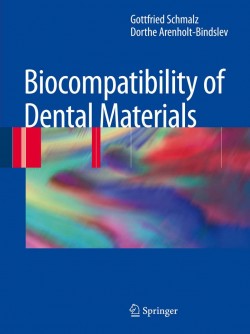 By
By
Gottfried Schmalz, D.D.S., Dr. med. dent., Ph.D., Professor and Chairman, Department of Operative Dentistry and Periodontology, University of Regensburg, Germany;
Dorthe Arenholt-Bindslev, D.D.S., Ph.D., Certif. Orthod, Professor and consultant orthodontist, School of Dentistry, Århus University, Denmark
Book Description
Editorial Reviews
Review
Customer Reviews
Very informative book, troubling dentistry, beware, November 21, 2011
This book is very informative and with many reference for related research if one wishes to find additional information. I would recommend it to both dentists and non dentists wanting to learn more about biocompatibility of dental materials.
This is an area that was not covered in the past in dental schools or follow-up courses and education. As as consequence most of the practicing dentists are not aware of the actual biocompatibility of dental materials that they are placing into patients mouth. Same holds true for dental labs, while dental material manufacturing companies carry most of the burden given they do not enough research and do not provide transparent information on their products to judge their biocompatibility by dentist and/or patient/consumer and even dental lab. Some of the companies are better in this regard – such as Vita/Vident which pay more attention to biocompatibility.
The focus and mantra of modern dentistry was cosmetic and use of use – focus was on less costly, quicker procedures and materials, not on the ones that are most biocompatible. This is highly troubling given toxicity and potential for allergies for many dental materials. Just to name a few:
1. amalgam – one of favorites of old dental school (~40-50% mercury – is a highly toxic substance that evaporates from amalgams on a daily basis, infiltrates many parts of the body and impacts brain, kidney’s, liver, endocrine/hormonal system. Overall, this is a very troubling material, while it the filling does last a long time its effects are also felt for a long time by the patient.
2. barium – more recent favorite that was/is being added to composite materials, ceramic materials, and cements.
3. radioactive/fluorescing substances – in the past uranium salts were being used in dental ceramics and some other materials. Nowadays, excessive use of Zirconia which has ~ 5% of radioactive material such as uranium/thorium, and hafnium. Also excessive use of other radioactive and/or rare earth materials which are not biocompatible in composites and ceramic materials which can cause local and systemic problems.
4. Composite materials. Most of them are some combo of acrylic/resin substances which shrink over time, leach out and cause problems for many people.
5. dental dental cements, which are mostly glue like substances made out of acrylics with high toxicity on living cells, irritation and high potential for allergies. The cements are glues are highly irritating acrylic substances that leach out and can cause various allergies and other problems. They also contain most of the times barium, fluoride and other toxins.
6. Excessive use of materials such as eMax which contain Lithium which are toxic in the body, and are also used as psychiatric drugs in clinical institutions for mental patients.
Majority of the above mentioned dental materials are frequent often cause for headaches, anxious and irritable behavior, tiredness, depression, sleeplessness, swollen joints, endocrine/hormonal and other illnesses and health problems.
Recommend buying and reading this book, but have given it 4 stars for following reasons: not a strong enough stance on amalgams and other toxic materials such as lithium and barium – both of these leach out of dental ceramic and composite materials. I hope that more people become aware of the problems that dentistry has and is still presenting in todays society. One can hope that FDA also imposes tougher regulations on the dental industry – it terms of trials, more extensive testing, transparency of track record, ingredients, etc. so that we can proactively many of everyday health problems – improve lives and save billions in the process.
Allergies to dental products, share this with your dentist, July 16, 2009
This book is a fascinating read even for non-dentists. The “biocompatibility” means compatibility of dental crowns, fillings, etc with the person they are applied to. If you have suffered unexplained rashes in and around your mouth (including thrush, lichen planus), face and neck it may be that new filling the dentist put in. The dentist may not believe you “no one is allergic to this” But YES! Individuals can be allergic, so suggest this great book (with photos) to your dentist. Published in 2009, it is an up-to-date, comprehensive reference for any dentist who cares about more than just a patient’s mouth. It details which products have led to reported reactions, gives examples of and defines the different types of allergic reactions and shows pictures of possible symptoms.

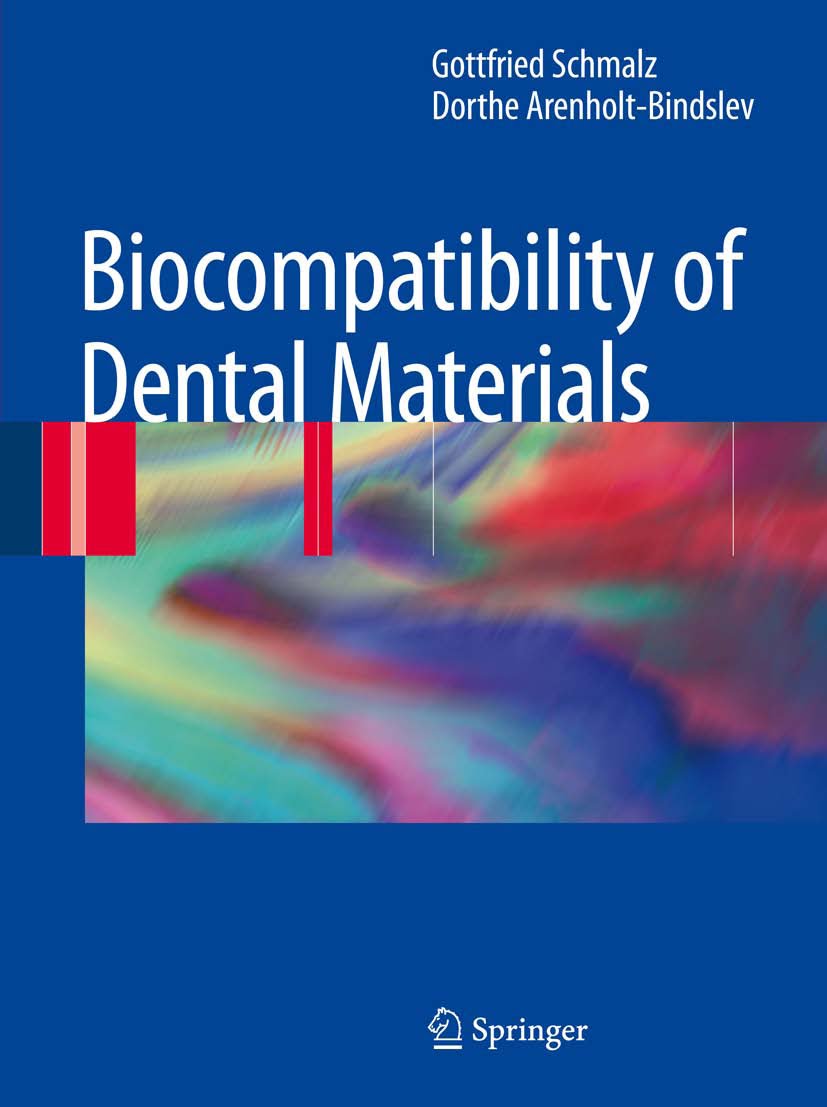
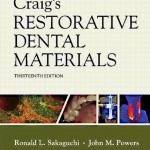
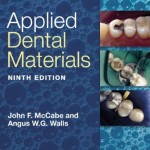


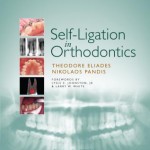



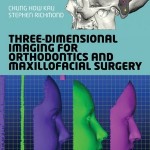

Dear Bear
This one is delete file
please help
thanks
keng
File is deleted. Please could you upload again?
New link updated!